NTSC VS PAL: Is NTSC or PAL Better Quality?
What is PAL vs NTSC? Well, this format is one of those that gets hardly discussed or overlooked among the users. However, if you are a big fan of TV technology or video games, then you have heard about these formats. However, not all people know about these formats. Today, we will have a look at exactly what do these terms mean, how do they differ, and how you can convert them for better usability. In this article, we will see the differences between NTSC vs PAL, as well as how to convert these formats. Keep reading to know more.
Part 1. What is NTSC Format?
The term NTSC (National Television Standard Committee) refers to a color-encoding analog video system that was uses in DVD players and, until lately, in television programming in North America. In the 1950s, black-and-white television started to give way to color television, thereby making the earlier technical standard obsolete. In the meantime, the US Broadcasting companies were encoding color with the help of a range of techniques, all of which competed with one another.
Part 2. What is PAL Format?
The PAL (Phase Alternating Line) format was designed in the 1960s in Europe as a response to the shortcomings of NTSC. With a frame rate of 25 frames per second and a higher resolution of 625 lines, PAL offered enhanced color stability and picture quality. PAL's name arrives from its unique way of encoding color by alternating the color signal's phase, which assists in mitigating color errors. This system swiftly became popular in regions with a 50Hz power supply frequency, providing a more reliable color reproduction in comparison to NTSC.
Part 3. What are the Differences between PAL and NTSC?
In this section, we will have a look at the difference between PAL vs NTSC based on different factors. Have a look.
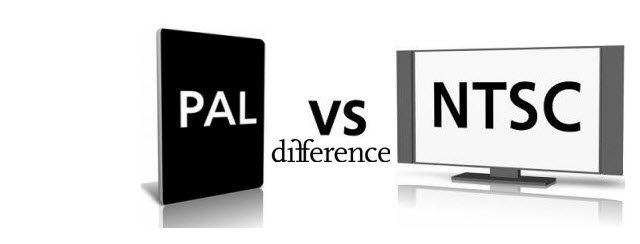
1. Color encoding
When it comes to PAL vs NTSC TV, color encoding play a major role. The PAL standard handles color automatically, with the help of phase alternation of the color signal that eliminates hue errors. Additionally, chrominance phase errors are removed in PAL systems. Speaking about NTSC receivers in this camera NTSC vs PAL battle, they hey have a manual tint control for color correction. Therefore, if colors are off-hue, the higher saturation of NTSC systems makes them more obvious and an alteration has to be made.
2. Picture quality
In the NTSC vs PAL camera comparison, PAL lines go out at 50 fields per second (since Europe utilizes a 50 hertz power supply), which means 25 alternating lines. PAL TVs creates 25 FPS that leads the motion to be shown faster. PAL might have lesser frames per second, but it also has more lines as compared to NTSC when it comes to NTSC vs PAL video. PAL TV broadcasts have 625 lines of resolution, in comparison to NTSC's 525. More lines indicates enhanced visual information, which is better picture resolution and quality.
3. FPS
The FPS or Frames-per-second rate, which differs in PAL vs NTSC DVD comparison, is 29.97 for NTSC and 25 for PAL. When it came to NTSC, a 60-Hz home outlet will change fully once every one frame or 30 FPS. But when color television became in the industry, black-and-white TVs could no longer precisely decipher color signals and brightness, resulting in absurd visuals on their screens. To solve this issue, another chrominance signal was created in the luminance signal in between oscillations. This extra signal was safely disregarded by black-and-white TVs and precisely displayed by color TVs using an adapter.
4. Number of resolution lines
Another key difference in PAL vs. NTSC is the number of resolution lines utilized by each format. NTSC offers 525 lines, with 480 being visibly (which is known as 480i). For PAL, this number is 625 lines, with 576 being visible (576i). For PAL, the color information phase is reversed with every line, which is shown in the very name of the standard. This reversal results in automatic corrections of phase errors in the signal transmission and, eventually, to a higher-fidelity image. Nonetheless, some vertical color resolution is lost during this process, and colors on next lines tend to blur together.
Part 4. How to Convert NTSC DVD to PAL and Vice Versa?
NTSC (National Television System Committee) and PAL (Phase Alternating Line) are two different television broadcasting systems used around the world. NTSC is commonly used in North America and PAL in Europe and other parts of the world. When you have a DVD in NTSC format and you want to view it on a PAL television or DVD player (or vice versa), you need a converter. HitPaw Univd (HitPaw Video Converter) is one such tool that can help your convert NTSC DVD to PAL.
- Converts NTSC format DVDs to PAL format and vice versa
- Ensures high-quality conversion without loss of audio or video quality
- Supports DVDs from different region versatile for a global audience
- Easy-to-use interface makes the conversion process simple
- Customize output settings such as resolution, aspect ratio
- Convert multiple DVDs simultaneously, saving time and effort
- Fast conversion speed to convert DVDs quickly and efficiently
Step 1:Download, install, and launch HitPaw on your device. On the main interface, go to Convert tab and upload your Blu rays files directly to begin.

Step 2:The tool will start analyzing the uploaded files.

Step 3:Now, select an output format by tapping the inverted triangle icon on the lower right side of each file.

Step 4:Next, open the Video tab and go to the DVD-Compatible Video category. Here, select any of the available PAL or NTSC presets. Click Convert to start converting DVD files.

Part 5. Frequently Asked Questions about NTSC VS PAL Video
Q1. Is NTSC or PAL Better Quality?
A1. When it comes to the picture quality, PAL is better than NTSC.
Q2. Where are NTSC and PAL Used?
A2. PAL is used for TVs in Thailand, Europe, Australia, Russia, China, Singapore, and the Middle East, amongst others. NTSC is used for TVs in the Canada, USA, S. Korea, Japan, and Mexico.
Q3. Is NTSC slower than PAL?
A3. No, the core CPU clock often is slower for PAL systems than NTSC.
Conclusion
With that, we just had a look about the main differences between NTSC vs PAL based on different factors and knew which is better. We also saw that users can use HitPaw Univd is to convert NTSC DVD to PAL.





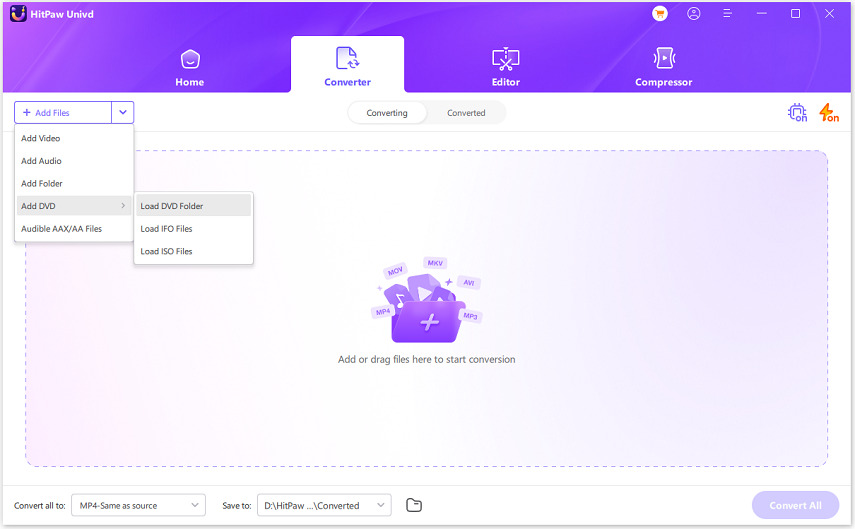
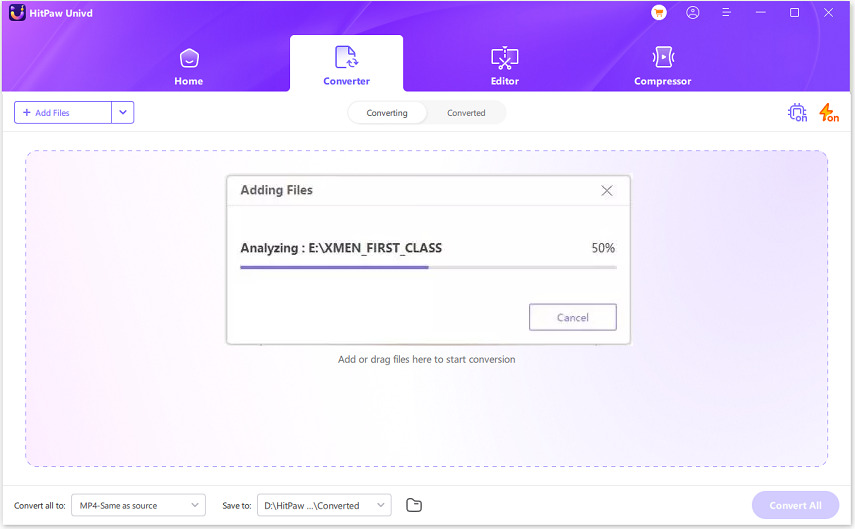
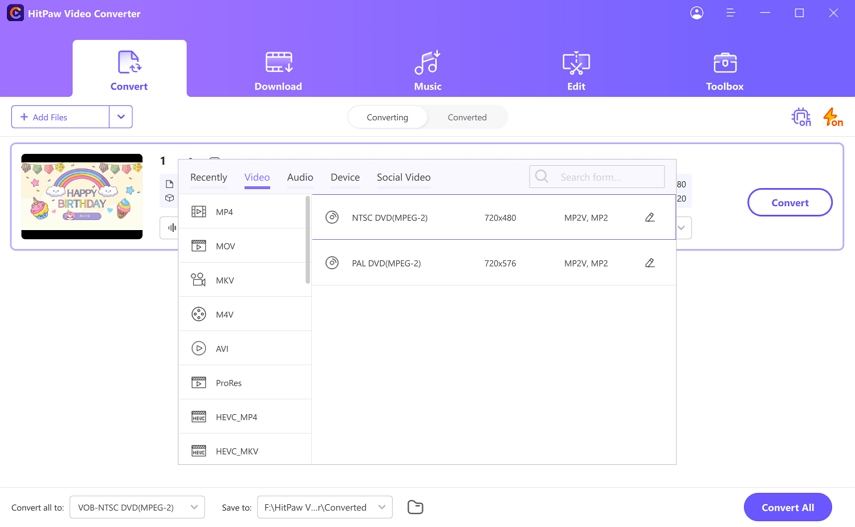
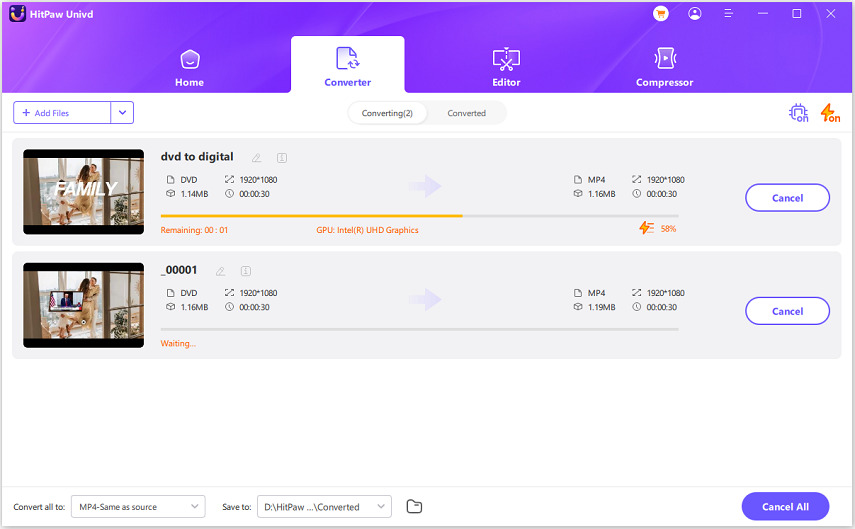

 HitPaw VikPea
HitPaw VikPea HitPaw Watermark Remover
HitPaw Watermark Remover 



Share this article:
Select the product rating:
Daniel Walker
Editor-in-Chief
My passion lies in bridging the gap between cutting-edge technology and everyday creativity. With years of hands-on experience, I create content that not only informs but inspires our audience to embrace digital tools confidently.
View all ArticlesLeave a Comment
Create your review for HitPaw articles